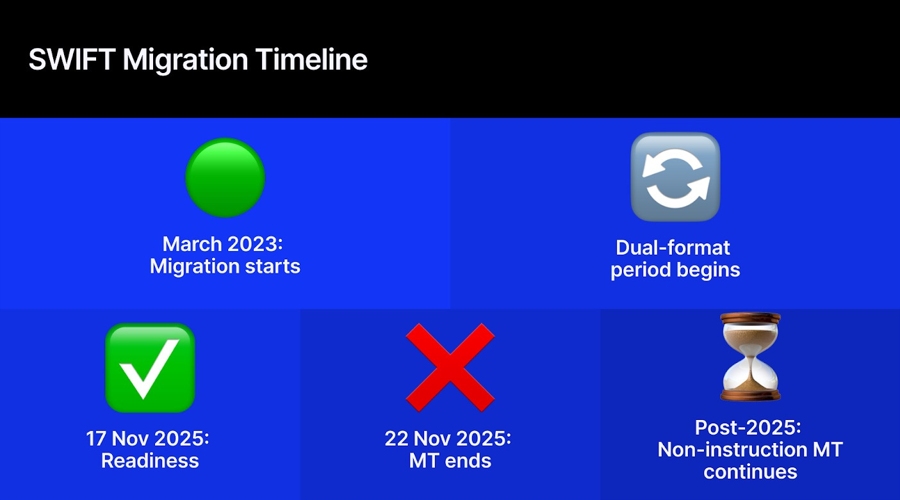A lot has been made recently of American VC firms coming to Europe to splash their cash. But it’s a new generation of home-grown VCs — some of which don’t even exist yet — that are set to make a bigger splash.
That’s according to a new fund of funds, Equation, which is coming out of stealth today. It plans to invest in these up-and-coming VC funds which it believes will shape the European startup ecosystem in the years to come.
Since early 2021, Equation has invested in 13 of them, including B2B fund Visionaries Club, deeptech fund Vsquared, generalist firm Possible Ventures and health and biotech specialist Amino Collective. Equation’s plan is to not just be a fund of funds but to provide other products to the funds it’s backed, like co-investments if they need capital for follow-on rounds.
So, what do the new VC kids on the block look like — and what are they keen to invest in?
Micro VCs and emerging blue chips
Equation is betting on two new breeds of VC in Europe. The first it terms “micro VCs” which, as the name suggests, includes VC firms run by one general partner (solo GPs) or a slightly larger (but still very small) team. These VCs typically raise funds of less than €60m and are focused on pre-seed and seed-stage investments.
The other category is “emerging blue chips” — funds above €60m and up to about €200m, run by people with a background in venture or running startups, focused on startups from late-seed to early Series B. A lot of these — such as Plural, the VC firm started by Wise cofounder Taavet Hinrikus — have been launched by experienced founders or operators choosing to move on to a career in investment.
These new kinds of VCs have emerged as more European tech successes breed successful wealthy operators and investors, and new infrastructure like Vauban and Bunch makes it easier and cheaper to set up small funds.
Germany-based Equation closed its first fund in 2021, says managing partner Mark Schmitz, who was previously a partner at European VC heavyweight Lakestar. It’s now launching two new investment vehicles — one for micro VCs and one for emerging blue chips.
Schmitz says this will take Equation’s assets under management above €100m (although he declined to share the size of each fund). He adds that Equation is backed by “a diverse set of family offices, a foundation, entrepreneurs and senior operators both from the tech and financial services industries”.
Smaller funds do more deals
Smaller funds have been consistently increasing their deal activity faster than larger funds in Europe, according to Equation’s analysis. In 2021, micro VCs were involved in 127% more deals than in 2016 — and so far this year, despite all the market turmoil, they’ve already done 11% more deals than they did in 2016, while larger firms have dropped below that level.
“Unsurprisingly, and due to recent events, established VCs have fallen below previous activity levels,” says Schmitz. “Micro VCs, while not maintaining last year’s activity, were comparatively more active than their established peers, which leads us to think that the trend is quite robust.”
But what exactly do these funds look like?
Equation, like many investors, tracks and sources potential investments using a proprietary analytical platform, which also gives it a lot of data points on what this new class of investors actually looks like. This research is overseen by Schmitz’s cofounder, Dr Reiner Braun, who is also professor for entrepreneurial finance at Technical University of Munich.
Micro VCs — the investors with less than €60m in fund size — that Equation is tracking do the majority of their deals at seed stage.
But there is also, surprisingly, a small percentage of micro VCs doing deals at Series C. Schmitz says that Equation believes this trend represents “micro VCs using pro-rata they’ve obtained in earlier rounds of financing”. In other words, the right that investors have to invest in a startup’s subsequent funding rounds and maintain their ownership percentage. He says that some angels, angel syndicates and micro VCs have set up special purpose vehicles — a legal entity created to do one specific deal — for this purpose.
Micro VCs love climate, health and biotech
Another characteristic of these “emerging” VCs — firms that have just raised their first funds or ones that have only been around for a few years — is that they are investing more into climate, health and biotech than established VC firms.
Schmitz says that in the past, regulatory concerns and the capital-intensive nature of biotech and healthcare tended to put off mainstream VCs. But the pandemic has made governments more responsive on the regulatory side.
“And in terms of business models, biotech has been moving closer to software and engineering rather than traditional pharmaceuticals,” he says. “This is an exciting trend that is moving capital in the right direction — towards the advancement of healthcare systems and treatments.”
Where are the women?
Finally, what about the diversity of the managers running these VCs? According to Equation’s research, emerging managers are more diverse in terms of gender, if far from parity. UK emerging managers had the best gender representation compared with Germany, France and Sweden — but it was still only 23% of senior investment roles. That figure was 19% for UK established managers.
Schmitz says Equation has a 30% female-to-male ratio in its portfolio, but wants to get it “closer to 50/50”. But he says the pipeline of potential investable funds is only 15% female-led.
“The reason we’ve converted a higher percentage of women-led funds into investments than our pipeline would suggest is because we believe that diverse teams will perform better in the long run. And we would love to see more female-led funds — the situation right now is far from satisfactory.”
So what needs to be done to change the profile of people who can raise VC funds? Schmitz says he believes “there are strong [potential] VCs out there who have never discovered VC nor have gotten close to someone who would give them money for a fund”.
“This goes beyond the gender debate — it’s about ethnicity, education, age, and many other factors. We don’t know what we’re missing in this ecosystem. The only way to lower the entry barriers is through education and through providing more agile LP [limited partner] capital.”
Eleanor Warnock is Sifted’s deputy editor and cohost of The Sifted Podcast. She tweets from @misssaxbys







































